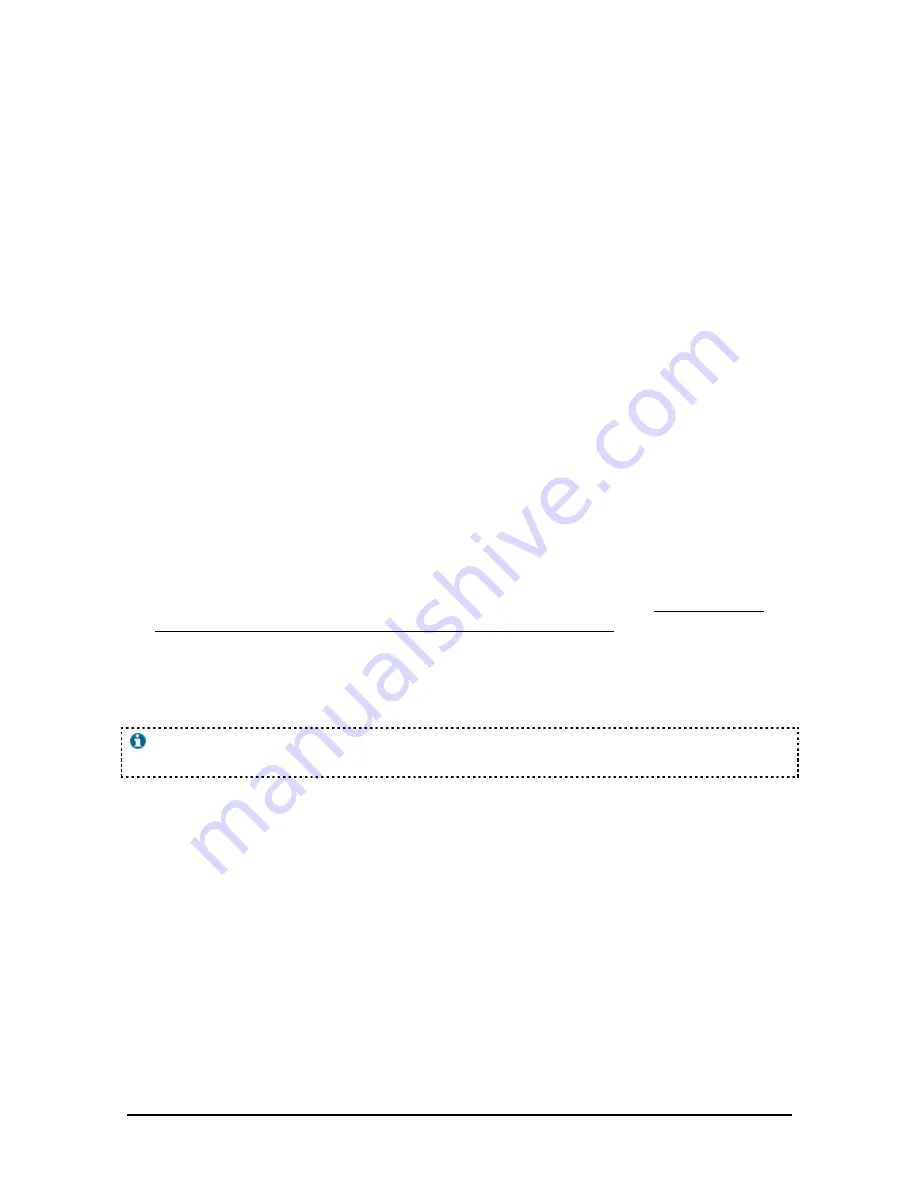
GDMMTA582-1G
Version 0010
41
Leading Edge Damage
The Arplast 166 DAS48 propellers have their leading edge made with a soft polyurethane
material that can be repaired but the epoxy glue used for repair will not have the shock
absorption qualities of the polyurethane.
For the Ecoprop DL3 propellers, maximum allowed leading edge dent is 3mm within
250mm of the root, and 8mm at the tip. The depth of the dents allowable varies linearly
from 250mm to the tip of the blades.
The number of dents allowed depends upon their size. It is suggested that two or three per
propeller blade is the maximum.
Repair
To repair all dents and scratches a slow cure EPOXY resin must be used. Larger cavities
must be filled with slurry made of a suitable Epoxy plus finely milled glass fibers or
talcum powder in two stages: Freshly mixed Epoxy should be wet then wait until it
thickens to fill the hole. For cosmetic scratches and dents use talc with the epoxy. Always
follow the resin instructions and apply to a clean dry surface. The temperature should be
at least 20°C (68°F) and the relative humidity as low as possible. Do not use a cleaning
solvent unless there are oil or grease stains around the hole. Use a flat block and sand
paper to slightly smooth out the edges of the hole (leading edge) if these stick out, then
scrape with a pointed tool to remove composite debris from the cavity. Avoid overflow or
spilling Epoxy outside of the hole, adjust the quantity with precision so that the hole is
exactly filled. Place a new adhesive strip (new advertising adhesive, PVC film on silicon
paper, or thick packing adhesive strip, transparent if possible) on the upper surface so as
to form a cup around the hole, which will act as a mold in order to reduce sanding. When
the dent is filled, sand carefully in order to return to the original airfoil.
Every fiber cut
in sanding is a fiber that is lost for structural resistance!
The Epoxy hardens
completely in a few days at room temperature but can still be molded for a couple of
hours after mixing. During this time, it is possible to remove drips and spills with a cloth
and solvent (acetone, chlorinated solvent or simply methylated spirits). Once the airfoil is
returned to its original state, apply a new protective film to the blade (Ecoprop DL3).
If in doubt, or if the propeller has more damage than can be fixed by the operator
then return the propeller to Arplast factory.
Ground Run
After adjustments or maintenance and prior to flight the engine should be run up to check
that the propeller is functioning normally. The tracking of the propeller should be
checked.
The aircraft should be securely chocked and the engine runs up to full speed. Ensure that
the engine is at the required operation temperature. Check that the propeller is
functioning normally with minimum vibration.
Navigation and Pitot Static
This chapter provides information on those systems that provide the aircraft navigational
data such as the Pitot static system, Airspeed indicator, and altimeter.
Summary of Contents for Skypper 582 S
Page 44: ......






































